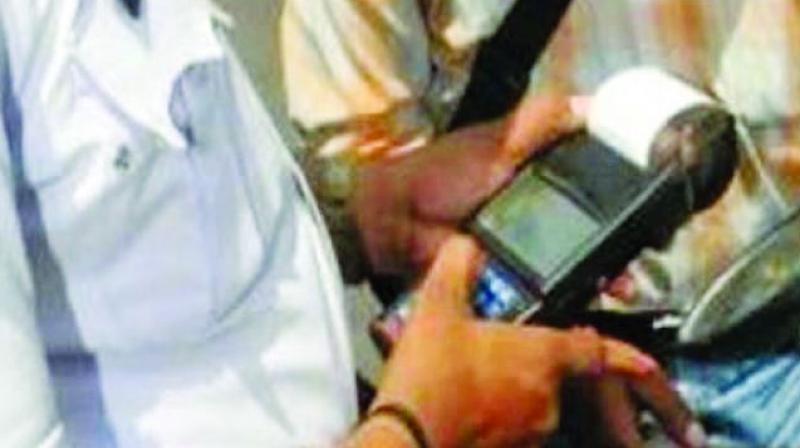Hyderabad: Traffic wing makes the most of demonetisation

Hyderabad: The Hyderabad traffic police went digital following the note ban in November last year. The digital mode of payment proved good for the police to improve its image.
“Post-demonetisation, we kept in mind the shortage of liquid cash among the public,” said A.V. Ranganath, DCP, Hyderabad traffic.
Though the traffic police introduced the cashless system earlier, it found many takers after the demonetisation.
“The traffic police was in a dilemma over taking point-of-sale card swipe machines on rent from banks, which levied '10.50 on each transaction. IndusInd Bank and ICICI Bank agreed to waive off the rent for the machines but insisted on a transaction fee,” said a senior traffic official.
“We provided the public options to pay via e-payment gateways and e-seva,” said Dr V. Ravinder, commissioner of police (traffic).
“The cashless payment helped the police boost its image as it curbed greasing of the palms by the police. In the cashless payment system, everything is accounted for,” said a traffic policeman.
“The offenders were fined and the details were updated online,” he added.
M. Vinod Kanumula, chief functionary of Indian Federation of Road Safety, said, “Demonetisation helped the public to know about the online payment method and it prevented the corrupted police from taking bribe.”
There was a sudden increase in digital payments and transactions in the months following the currency ban in November last year, according to Reserve Bank of India data.

